Farmers have long used solid fertilizers to provide nutrients to their crops. However, in recent years, many have switched to liquid fertilizers. There are a few reasons for this switch. Liquid fertilizers are more evenly distributed, can be applied more easily, and are less likely to burn plants.
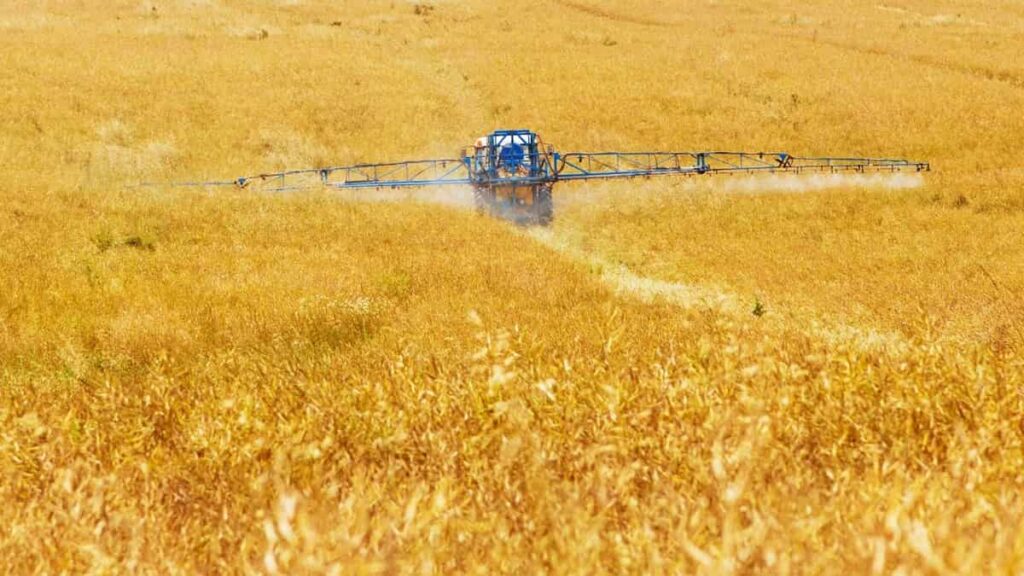
Tips when switching from solid fertilizers to liquid fertilizers
Why switch from solid to liquid fertilizers?
- There are many reasons to switch from solid to liquid fertilizers. Liquid fertilizers are easier to apply, last longer in the soil, and are more efficient in nutrient uptake. Additionally, liquid fertilizers are less likely to burn plants and can be custom-formulated to meet the specific needs of your plants.
- For one, liquid fertilizers are more easily absorbed by plants, meaning they can get the nutrients they need faster and more effectively. This is especially beneficial for plants struggling to grow or needing a quick nutrient boost.
- Another benefit of liquid fertilizer is that it is less likely to cause burning or leaf damage than solid fertilizer. This is because the nutrients in liquid fertilizer are more evenly distributed, making it less likely that your plants will be overloaded with any one nutrient.
- Finally, liquid fertilizers are generally much easier to apply than solid fertilizers. In addition, they can be sprayed onto your plants’ leaves, saving time and energy compared to spreading solid fertilizer around each plant individually.
In case you missed it: 15 Potting Soil Mixes for Bonsai Plants: Best List
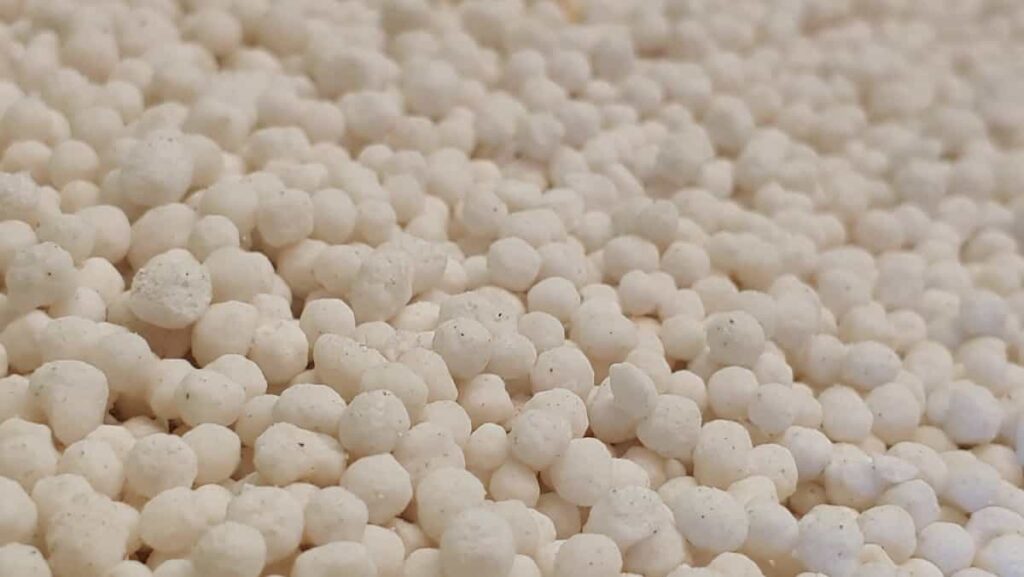
Benefits of using liquid fertilizers over solid fertilizers
- There are many benefits to using liquid fertilizers over solid fertilizers. Liquid fertilizers are easier to apply, give plants a more even coverage, and can be applied more frequently. They can also be mixed with other liquids, like water or pesticides, making them more effective.
- Another benefit of liquid fertilizers is that they are more targeted in their application. When you use a solid fertilizer, it cannot be easy to control how much ends up on the plant and how much washes away or leaches into the soil. With liquid fertilizers, you can more easily control the amount you apply and ensure that your plants get exactly what they need. This can save money, as you won’t want to use as much fertilizer overall.
- Finally, liquid fertilizers work better than solids in many cases. This is because plants often respond more quickly and positively to liquids, especially when applied directly to the roots or leaves. So, switching to liquid fertilizer is a great option if you’re looking for faster results and healthier plants.
- These fertilizers are more easily absorbed by plants than solid fertilizers. This means your plants can get the nutrients they need more quickly and efficiently. Liquid fertilizers are also less likely to be lost to leaching than solid fertilizers. This means they’re a more efficient fertilizer, and you’ll use less over time.
- Another benefit of liquid fertilizers is that they’re easier to apply evenly across your garden or lawn. This can help prevent hot spots and ensure that all your plants get the necessary nutrients. However, solid fertilizers can be difficult to spread evenly, often clumping in one area.
- If you’re looking for an efficient method to fertilize your plants, switching to liquid fertilizers is a great option. With their easy absorption and even coverage, liquid fertilizers can help your plants thrive while using less fertilizer overall.
- Liquid fertilizers can be applied quickly and easily with a sprayer or watering can. So you can apply them exactly where they’re needed without making a mess.
- Plants fed with liquid fertilizer usually show results within a week or two. This is because the nutrients in liquid form are readily available for plants to take up and use. However, solid fertilizers need to be broken down by rain or irrigation before plants can benefit from them, which can take weeks or even months.
- You can mix and match nutrients with liquid fertilizers to create a custom solution for your plants’ needs. This is especially helpful if you have specific nutrient deficiencies that you need to address. You can also find products containing macro- and micronutrients for a well-rounded fertilizer solution.
- Liquid fertilizers are more efficient than solids because they’re less likely to be lost through leaching or runoff.
When to switch from solid fertilizers to liquid fertilizers?
A few things are important when deciding whether to switch from solid to liquid fertilizers. First, consider the type of plants you are growing. If you have plants sensitive to fertilizer burn, switching to a liquid fertilizer may help prevent this. Additionally, liquid fertilizers can be a good alternative if you are having trouble getting your plants to absorb nutrients from solid fertilizers.
In case you missed it: Top 17 Potting Soil Mixes for Lillies and Bulbs
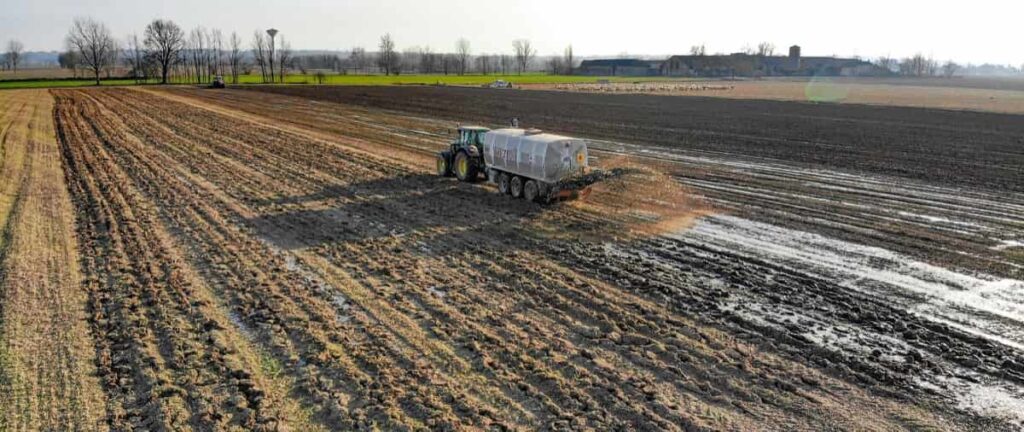
Another main thing to keep in mind is the application method. With liquid fertilizers, you can more easily control the amount of fertilizer that your plants receive. This can be useful to avoid over-fertilizing your plants. Finally, consider the cost of both types of fertilizers before making a decision. In general, liquid fertilizers tend to be more expensive than solid fertilizers. However, this may vary depending on your chosen brand and type of fertilizer.
The best time to switch from solid to liquid fertilizers is when your plants are actively growing. This means that they are taking up nutrients from the soil and using them to grow leaves, stems, and flowers. If you wait until your plants are dormant, they will not be able to use the nutrients in the fertilizer as effectively.
How to make the switch from solid to liquid fertilizers?
- Do your research – It’s important to understand the difference between solid and liquid fertilizers before making the switch. Take the time to learn about the advantages and disadvantages of each type of fertilizer to make an informed decision.
- Consider your needs – Liquid fertilizers may be a better option for certain plants or growing conditions. Make sure to choose a fertilizer that will meet your needs.
- Compare products – Not all liquid fertilizers are created equal. When shopping around, compare products to find one that best suits your needs. Pay attention to things like nutrient content, price, and application method.
- Follow directions carefully – Liquid fertilizers can be more concentrated than solid fertilizers, so it’s important to follow them carefully. Ensure you know how much fertilizer to use and how often to apply it so you don’t overdo or underdo it.
- Be patient – Making the switch from solid to liquid fertilizers can take some time, so be patient as you transition your plants or garden over to this new type of fertilizer
Tips for using liquid fertilizers
If you’re thinking of switching from solid to liquid fertilizers for your plants, you should keep a few things in mind. Here are some tips for using liquid fertilizers:
- Mix your liquid fertilizer with water according to the manufacturer’s directions.
- Apply your liquid fertilizer to moist soil so that it can be absorbed more easily by the roots of your plants.
- Avoid applying liquid fertilizer to dry soil, as this can burn the roots of your plants.
- Use a watering can or hose-end sprayer to apply liquid fertilizer evenly over the entire root zone of your plants.
- Water your plants thoroughly after applying liquid fertilizer so any excess fertilizer will be leached away from the root zone.
- Always follow the directions on the fertilizer label. Over-fertilizing can damage your plants.
- Make sure you apply the fertilizer to the leaves and roots. Leaves absorb nutrients more quickly than roots, so applying fertilizer to leaves will help plants get the nutrients they need faster.
- Apply liquid fertilizer to damp soil. This will help the fertilizer absorb more easily by the plant roots.
- If using a spray bottle to apply liquid fertilizer, ensure you don’t use too much pressure. You don’t want to damage delicate plant leaves with too much force.
In case you missed it: NPK Deficiency in the Soil and Plants: Symptoms, Causes, and Fix it Naturally, Organically, and Chemically

Process of switching from solid to liquid fertilizers
Switching from solid to liquid fertilizers can be a bit of a process, but it doesn’t have to be difficult.
- Firstly, you’ll need to flush your system. This means running clean water through your pipes and sprinklers to remove residual solid fertilizer.
- Next, you’ll need to calibrate your equipment. This ensures that your application rates are accurate and you’re not over or under-applying the fertilizer.
- Once everything is calibrated, you can start applying the liquid fertilizer. Again, follow the manufacturer’s instructions for the best results.
- Mix the solid fertilizer with water at a 1:1 ratio. This will create a slurry that can easily apply to your plants’ roots.
- If the solid fertilizer is slow-releasing, you can speed up the process by adding a small amount of organic matter. This will help release the nutrients faster.
- For best results, apply the slurry directly to the roots of your plants. Also, you can use it as a foliar spray, but be sure to dilute it further (1 part fertilizer to 10 parts water).
What do I need to switch liquid fertilizer from solid fertilizer?
First, you’ll need to purchase a water-soluble fertilizer or create your compost tea. You’ll also need some container to mix the fertilizer in and apply it to your plants (such as a watering can or sprayer). Making the switch from solid to liquid fertilizers can be a great method to improve the health of your plants. LPlants easily absorb liquid fertilizers so they can get the nutrients they need more quickly. In addition, they’re less likely to be lost by leaching or evaporation than solid fertilizers.
What type of liquid fertilizer to use?
When switching from solid to liquid fertilizers, it’s important to choose the right type of liquid fertilizer for your needs. Different liquid fertilizers are available on the market, so do your research to find the one that’s right for you. Below are important points to keep in mind when choosing a liquid fertilizer:
- The type of plants you’re growing: Different plants have different nutrient needs, so make sure to choose a fertilizer specifically designed for the plants you’re growing.
- The time of year: Some fertilizers are better suited for certain times of the year than others. Make sure to choose a fertilizer that’s appropriate for the current season.
- Your budget: Fertilizers can vary widely in price, so it’s important to find good fertilizer that fits your budget.
In case you missed it: How this Farmer Earning 18 Lakhs from His Strawberry Farm: A Success Story of a Fruit Farmer in India
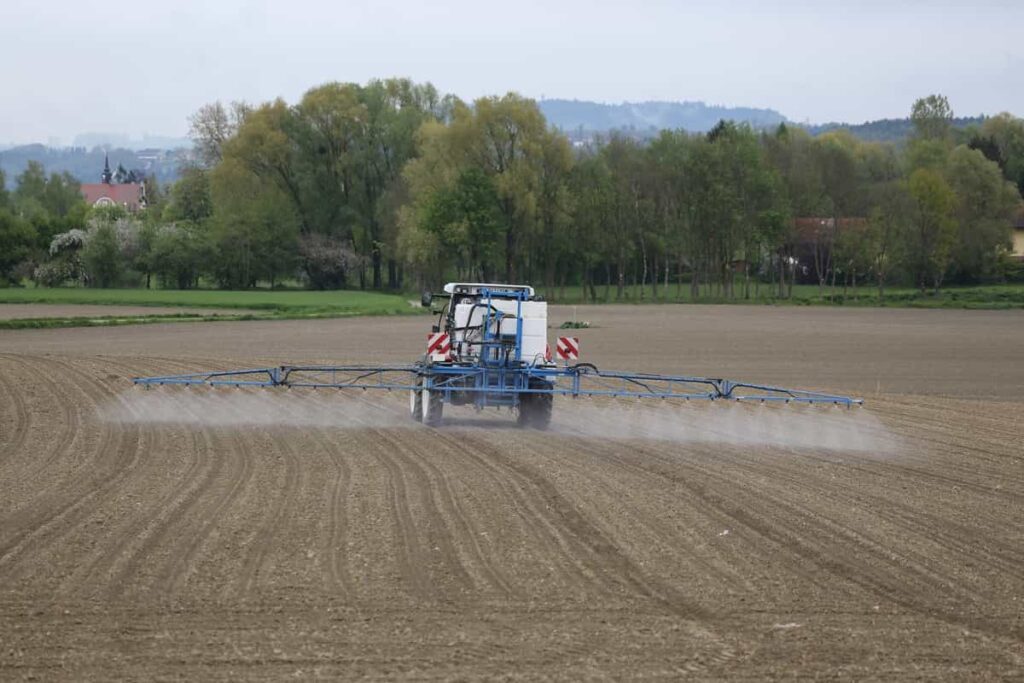
Once you’ve considered all the factors, you should be able to narrow down your choices and find the perfect liquid fertilizer for your needs.
Tips for a successful transition from solid to liquid fertilizers
- Firstly, it is important to slowly increase the amount of liquid fertilizer you are using, as too much can burn your plants.
- Start by mixing the liquid fertilizer with water at a 1:100 ratio and gradually increase the concentration of fertilizer as your plants adjust. Next, you can use testing strips to monitor the pH level of your solution and make adjustments accordingly. Finally, properly flush and clean your equipment after each use to avoid any buildup of chemicals.
- Make sure you know how to dilute the liquid fertilizer properly. You don’t want to apply too much or too little.
- Apply the liquid fertilizer to the soil, not the plant’s leaves. Be aware that some plants may be more sensitive to liquid fertilizer than others. Start with a small amount and increase as needed.
- Monitor your plants closely after applying liquid fertilizer to catch any signs of stress or problems early on.
- It is important to slowly transition your plants from solid to liquid fertilizers over a few weeks. Firstly, this will allow them to adjust to the new nutrients and avoid shock. Secondly, mix your liquid fertilizer properly before applying it to your plants. Too little or too much of any one nutrient can lead to problems for your plants.
- Finally, make sure you are using high-quality products that are specifically designed for use with hydroponic systems. Using inferior products can result in subpar results and may even damage your system.
What are the correct steps for making a liquid fertilizer from solid fertilizers?
When switching from solid to liquid fertilizers, it’s important to follow the steps to ensure that your fertilizer is effective. Here are the correct steps for making a liquid fertilizer from solid fertilizers:
- Begin by adding water to your container. You’ll need enough water to dissolve the solid fertilizer fully.
- Add the solid fertilizer to the water and stir until it is fully dissolved.
- Once the fertilizer is dissolved, add other desired ingredients, such as nutrients or pH adjusters.
- Stir everything together and apply to your plants as usual.
Is liquid fertilizer better than solid fertilizer?
Plants quickly absorb liquid fertilizer, so it can be a good choice if you give your plants a quick boost. However, solid fertilizer lasts longer in the soil and can be less expensive so it may be a better choice for long-term care. Ultimately, the best fertilizer for your plants is the one that meets their specific needs.
In case you missed it: 11 Potting Soil Mixes for Flowering Plants: Top and Best List
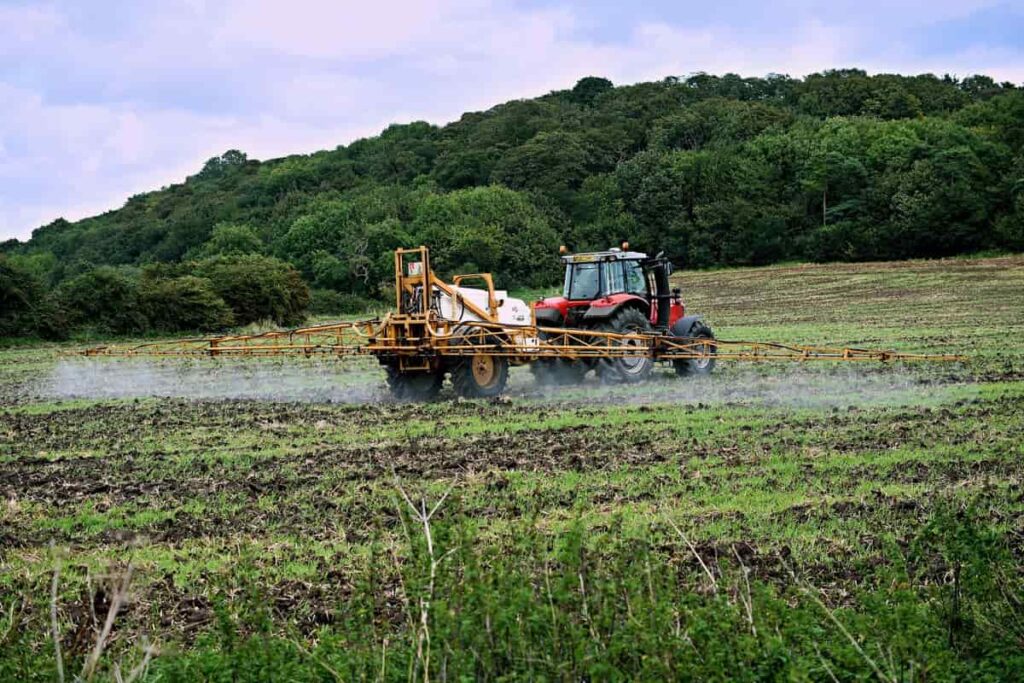
How to store liquid fertilizers?
Assuming you have already switched from solid to liquid fertilizers, you still need to do a few things to store your liquid fertilizer properly. Here are some tips:
- Make sure the storage container is airtight. You don’t want any oxygen getting in, causing the chemical reaction that breaks down fertilizer.
- Store the fertilizer in a cool, dry place. Heat and moisture will also break down the fertilizer over time.
- If possible, store the fertilizer in a dark place. Light can also cause degradation.
- Most importantly, clearly label the storage container and keep it out of reach of children.
Conclusion
You should keep a few important things in mind if you consider switching from solid to liquid fertilizer for your agricultural needs. First, liquid fertilizers are more easily absorbed by plants, so you may need to use less. Second, liquid fertilizers can be applied directly to the roots or leaves of plants, so be sure to target the application accordingly. And finally, remember that different plants may require different concentrations of liquid fertilizer, so be sure to tailor your application accordingly.
- Types of Pesticides Used in Agriculture: A Beginner’s Guide
- Economical Aquaculture: A Guide to Low-Budget Fish Farming
- 15 Common Planting Errors That Can Doom Your Fruit Trees
- How to Make Houseplants Bushy: Effective Tips and Ideas
- Innovative Strategies for Boosting Coconut Pollination and Yield
- Pollination Strategies for Maximum Pumpkin Yield
- The Complete Guide to Chicken Fattening: Strategies for Maximum Growth
- Natural Solutions for Tulip Problems: 100% Effective Remedies for Leaf and Bulb-Related Issues
- Revolutionizing Citrus Preservation: Towards a Healthier, Greener Future
- Natural Solutions for Peony Leaf and Flower Problems: 100% Effective Remedies
- Maximizing Profits with Avocado Contract Farming in India: A Comprehensive Guide
- Natural Solutions for Hydrangea Problems: 100% Effective Remedies for Leaf and Flowers
- The Ultimate Guide to Choosing the Perfect Foliage Friend: Bringing Life Indoors
- From Sunlight to Sustainability: 15 Ways to Use Solar Technology in Agriculture
- The Ultimate Guide to Dong Tao Chicken: Exploring from History to Raising
- The Eco-Friendly Makeover: How to Convert Your Unused Swimming Pool into a Fish Pond
- Mastering the Art of Delaware Chicken Farming: Essentials for Healthy Backyard Flocks
- 20 Best Homemade Fertilizers for Money Plant: DIY Recipes and Application Methods
- How to Craft a Comprehensive Free-Range Chicken Farming Business Plan
- Brighten Your Flock: Raising Easter Egger Chickens for Beauty and Bounty
- How to Optimize Your Poultry Egg Farm Business Plan with These Strategies
- Subsidy for Spirulina Cultivation: How Indian Government Schemes Encouraging Spirulina Farmers
- Ultimate Guide to Raising Dominique Chickens: Breeding, Feeding, Egg-Production, and Care
- Mastering the Art of Raising Jersey Giant Chickens: Care, Feeding, and More
- Ultimate Guide to Raising Legbar Chickens: Breeding, Farming Practices, Diet, Egg-Production
- How to Raise Welsummer Chickens: A Comprehensive Guide for Beginners
- How to Protect Indoor Plants in Winter: A Comprehensive Guide
- Ultimate Guide to Grow Bag Gardening: Tips, Tricks, and Planting Ideas for Urban Gardeners
- Guide to Lotus Cultivation: How to Propagate, Plant, Grow, Care, Cost, and Profit
- Agriculture Drone Subsidy Scheme: Government Kisan Subsidy, License, and How to Apply Online
- Ultimate Guide to Raising Araucana Chickens: Breed Profile, Farming Economics, Diet, and Care
- Bringing Hydroponics to Classroom: Importance, Benefits of Learning for School Students
- Ultimate Guide to Raising Polish Chickens: Breed Profile, Farming Economics, Diet, and Care
- Ultimate Guide to Raising Australorp Chickens: Profile, Farming Economics, Egg Production, Diet, and Care
- Silkie Chicken Farming: Raising Practices, Varieties, Egg Production, Diet, and Care
- Sussex Chicken Farming: Raising Practices, Varieties, Egg Production, Diet and Care